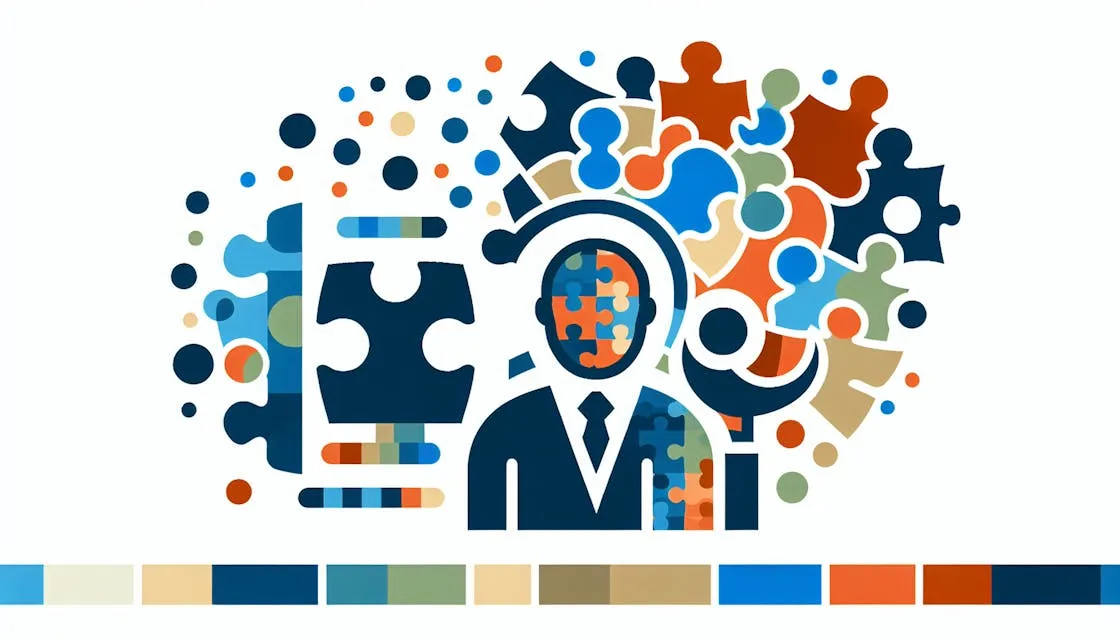ABA Therapy for Behavioral Therapy Services
Discover ABA therapy for behavioral therapy services and learn effective strategies for your loved ones with autism.

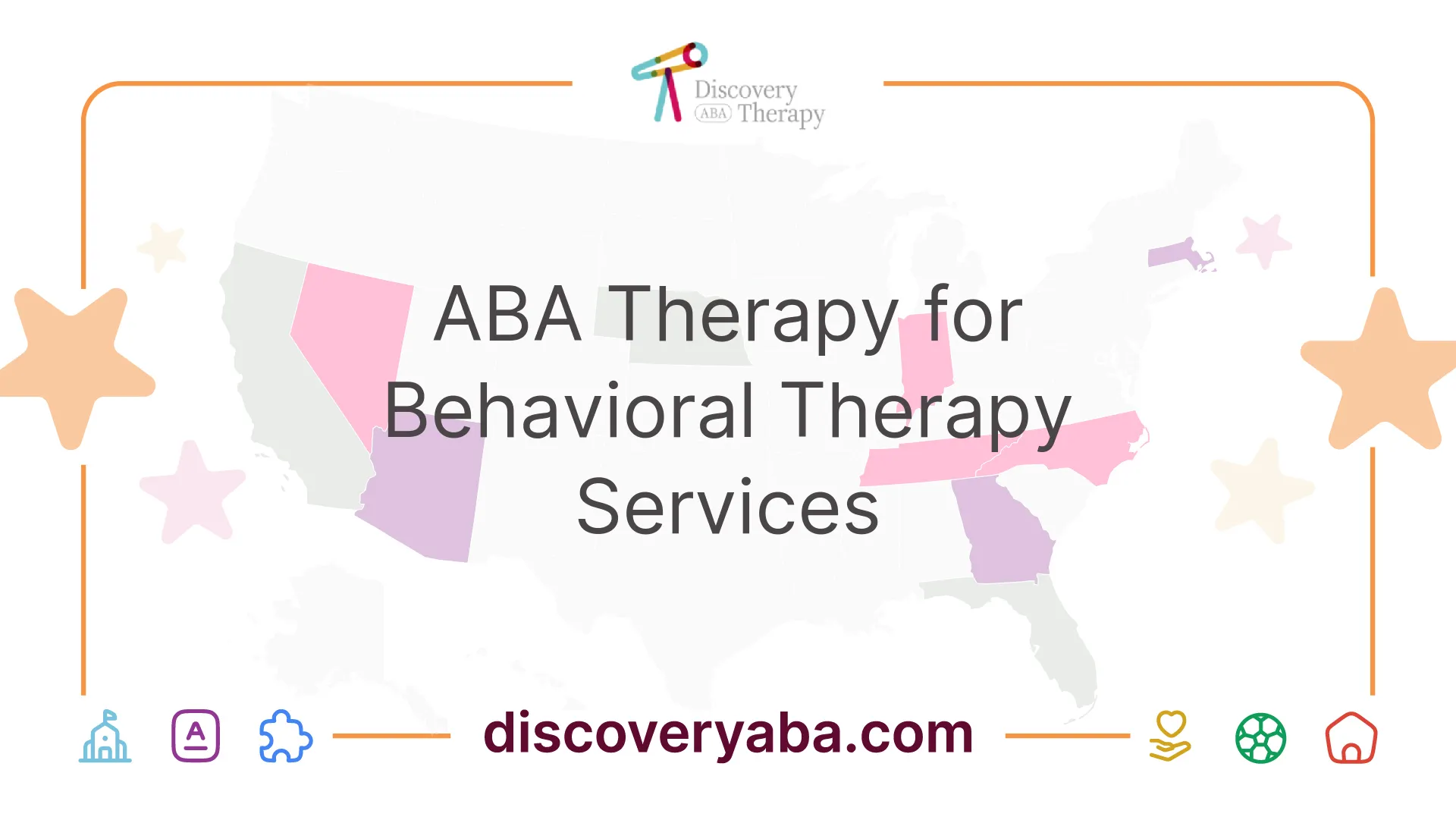
Understanding ABA Therapy
ABA therapy, or Applied Behavior Analysis, is a well-established behavioral therapy specifically designed for individuals with autism and other developmental disorders. The focus is to increase positive behaviors and decrease negative behaviors while teaching new skills and enhancing social interactions. This evidence-based approach aims to facilitate meaningful and lasting behavior change across various environments.
Overview of ABA Therapy
ABA therapy involves breaking down complex skills into small, manageable steps. These strategies are personalized, taking into account each child's interests and abilities, which is particularly beneficial for young children with autism during crucial developmental stages [1]. A trained professional, known as a Board Certified Behavior Analyst (BCBA), assesses and designs interventions to address behavioral issues and promote positive behavior changes.
The therapy typically encompasses a range of techniques tailored to meet the unique needs of the individual. Here is a summary of the main components of ABA therapy:
ComponentDescriptionAssessmentInitial evaluation of the individual's needs and behaviors.Setting GoalsEstablishing achievable and measurable behavioral objectives.Intervention PlanDeveloping personalized strategies to promote desired behaviors.Data CollectionContinuous monitoring and analysis of progress towards goals.ModificationAdjusting the intervention based on data to ensure effectiveness.
Principles of ABA Therapy
The effectiveness of ABA is guided by several core principles, which are essential for creating engaging and impactful treatment plans for children with autism. The seven dimensions of ABA therapy are vital for these practices and include:
By focusing on these principles, ABA therapy ensures that the skills taught are practical and can be applied in real-life situations, providing a solid foundation for social, communication, and self-help behaviors in individuals with autism. Parents and caregivers can learn more about how ABA therapy works by exploring its various applications, such as ABA therapy for autism behavioral therapy and ABA therapy and autism development programs.
Importance of ABA Certification
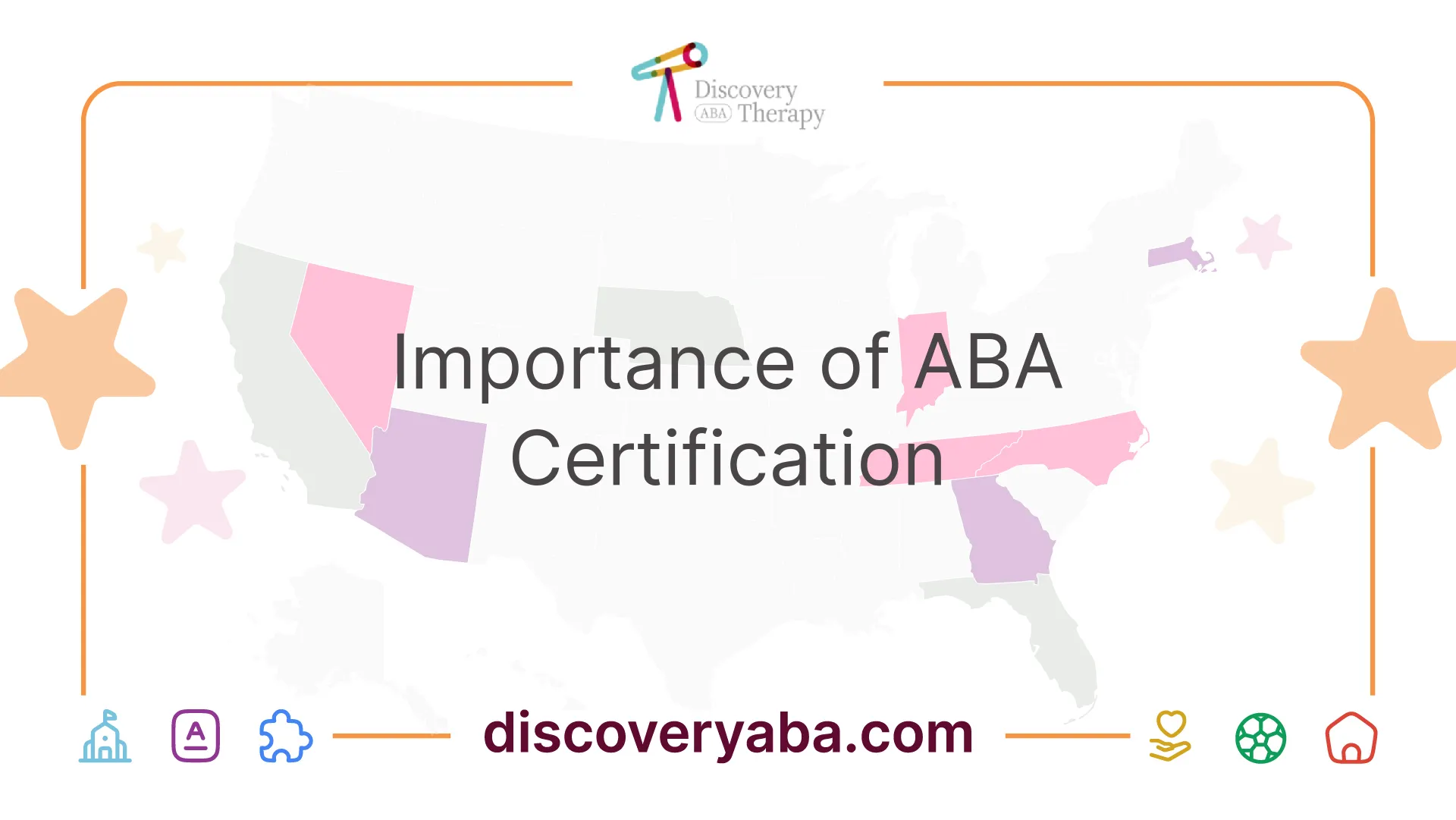
Certification plays a crucial role in the realm of ABA therapy. It not only establishes the credentials of practitioners but also ensures that individuals receive the quality of care they deserve.
ABA Therapy Certification
ABA therapy certification involves meeting specific requirements that include completing relevant coursework, gaining supervised practical experience, and successfully passing a certification examination. These steps are essential to ensure that practitioners are well-prepared to effectively implement ABA techniques and strategies [3].
Certified programs are designed to uphold rigorous standards, providing comprehensive training and assessment. This standardized approach equips individuals with the necessary knowledge, skills, and competencies to implement ABA therapy methods effectively. Furthermore, certification is often a requirement by insurance companies and regulatory bodies, thus ensuring compliance with industry standards and regulations [4].
Benefits of ABA Certification
The benefits of ABA certification extend beyond just practitioner credentials. By emphasizing certification and training within the ABA therapy field, high-quality, evidence-based interventions are promoted. This focus helps guarantee that individuals receiving ABA therapy receive the best possible care and support [4].
Benefits of ABA CertificationDescriptionQuality AssuranceEnsures that practitioners are trained and knowledgeable in evidence-based practices.Wider Range of ServicesAllows certified therapists to provide services to a broader range of clients and receive insurance reimbursement.Professional RecognitionValidates the competence of ABA practitioners in the field.Enhanced EffectivenessAccountability through rigorous training translates to better outcomes for individuals in need of therapy.
By adhering to these standards, the ABA therapy sector strives to offer structured, effective, and ethical support to individuals, especially those with autism. For more information regarding specific behavioral interventions, visit our articles on aba therapy and autism behavior intervention and aba therapy for behavioral therapy programs.
Practical Aspects of ABA Therapy

ABA therapy utilizes a variety of techniques and strategies designed to support children with autism and improve their behavioral skills. Understanding these practical aspects is essential for parents and caregivers.
ABA Therapy Techniques
ABA therapy employs several specialized techniques to facilitate learning and behavioral improvement. These techniques are tailored to the individual needs of each child, making them effective in teaching various skills.
TechniqueDescriptionDiscrete Trial Training (DTT)A structured technique involving repeated practice and reinforcement of specific skills. This method breaks down complex tasks into smaller, more manageable steps.Pivotal Response Treatment (PRT)Focuses on key areas of motivation, social interaction, and self-management to enhance the child's overall development.Early Start Denver Model (ESDM)An intervention aimed at younger children, combining ABA principles with developmental practices, fostering positive interactions.Natural Environment Teaching (NET)Engages children in their everyday environments, utilizing natural contexts to teach functional skills during play and daily activities [5].Picture Exchange Communication System (PECS)A method that allows non-verbal individuals to communicate through images, enhancing language skills and reducing frustration [6].
ABA therapists customize their approaches based on the child's unique interests and abilities, emphasizing social, communication, and self-help skills.
Behavior Analyst Role
The role of a behavior analyst is vital in the successful implementation of ABA therapy. These professionals design, implement, and evaluate treatment plans tailored to the individual needs of each child. Their responsibilities include:
Through the application of the 7 dimensions of ABA therapy, which feature important components like data-based decision-making and meaningful change, behavior analysts ensure that programs remain effective and engaging [1].
For parents and caregivers seeking support, it is crucial to understand the techniques and the role of a behavior analyst in order to provide effective interventions and drive meaningful improvement in the child's skills. For further information on ABA therapy specific to autism, explore our resources on ABA therapy for autism behavioral therapy and ABA therapy and autism skill building.
Effective ABA Therapy Strategies
Implementing effective strategies in ABA therapy is essential for fostering positive changes in behavior among individuals with autism. This section covers the primary behavior analysis techniques and behavior modification approaches that ABA therapists utilize.
Behavior Analysis Techniques
Behavior analysis techniques focus on understanding and modifying behavior based on empirical data and established principles. These techniques are tailored to meet the unique needs of each individual.
TechniqueDescriptionDiscrete Trial Training (DTT)A structured method where skills are broken down into small, teachable components and learners are presented with prompts to practice these skills.Natural Environment Teaching (NET)Teaching skills in the natural environment rather than in a clinical setting, promoting the generalization of learned skills to everyday life [2].ShapingGradually reinforcing closer approximations to the desired behavior, helping individuals reach a more complex skill step by step.
ABA therapists are trained professionals who develop individualized behavior intervention plans using various techniques to address different patient needs [7].
Behavior Modification Approaches
Behavior modification approaches aim to reinforce desirable behaviors while discouraging undesirable ones. This dual approach helps individuals with autism comprehend socially acceptable and unacceptable behaviors.
ApproachDescriptionPositive ReinforcementProvides rewards (like praise or tangible rewards) for desired behaviors, making it more likely that those behaviors will recur.Negative ReinforcementRemoves an unfavorable condition when a desired behavior occurs, encouraging individuals to act positively to avoid negative outcomes.PunishmentIn some cases, undesirable behaviors are followed by consequences that are meant to decrease those behaviors; however, this should be handled carefully to avoid negative emotional impacts.
These strategies can significantly contribute to the success of ABA therapy for behavioral therapy services by helping children with autism develop crucial life skills critical for their social participation and overall well-being. By utilizing these approaches, caregivers and parents can support their loved ones in navigating various social situations and improving their quality of life.
Personalized ABA Programs
Personalized Applied Behavior Analysis (ABA) programs are essential for effectively addressing the unique needs of children with autism. These programs aim to ensure that each individualized plan is tailored specifically to the child, fostering positive development and enhancing their skills.
Individualized ABA Plans
Individualized ABA plans are designed by qualified professionals who assess each child's specific behavioral challenges and strengths. The plans break down complex skills into smaller, manageable steps, using personalized strategies that align with each child's interests and abilities. This individualized approach not only improves social, communication, and self-help behaviors but also ensures that the therapy is engaging [1].
The following table shows some key aspects involved in creating an individualized ABA plan:
ComponentDescriptionSkill AssessmentIdentify current abilities and challenges.Goal SettingEstablish achievable, measurable goals for improvement.Personalized StrategiesDevelop tailored techniques based on the child’s preferences.Progress MonitoringRegularly track progress toward goals to make necessary adjustments.
ABA Therapy Customization
The customization of ABA therapy is crucial to its success. By considering the seven dimensions of ABA, therapists can create engaging and effective treatment plans for children with autism. These dimensions include applied skills, analysis and modification of behaviors, data-based decision-making, detailed treatment descriptions, evidence-based practices, achieving meaningful change, and generalization of skills across multiple settings.
ABA therapy emphasizes the use of positive reinforcement to encourage desired behaviors. Motivational factors may vary from child to child, making it important to identify the right reinforcers for each individual [5].
For parents and caregivers, it is essential to understand the benefits of personalized ABA therapy, such as increased engagement, higher rates of skill acquisition, and improved behavior management. For more information on ABA therapy services, explore our articles on aba therapy for autism behavioral therapy and aba therapy and autism skill building.
Ethical Standards in ABA Therapy
Ethical standards play a crucial role in ensuring that ABA therapy is delivered responsibly and effectively. These standards safeguard the well-being of individuals receiving services, particularly for those with autism.
BACB Code of Ethics
The Behavior Analyst Certification Board (BACB) has established a comprehensive Code of Ethics that serves as a guideline for behavior analysts. This code outlines the expectations for professional conduct, emphasizing the necessity of ethical practices in behavioral therapy services. It covers various aspects including patient dignity, confidentiality, and informed consent. The BACB Code of Ethics sets the ground rules for behavior analysts, ensuring responsible and effective practices, and promoting ethical conduct and patient protection during behavior intervention sessions.
The consequences for violations of this ethical code can be severe, including certification revocation and disciplinary supervision. Such measures ensure that a safe and supportive environment is maintained for patients, thereby upholding the professional standards expected of behavior analysts.
Key Components of BACB Code of EthicsDescriptionPatient WelfarePrioritizing the best interests of clients in all professional decisions.CompetencePractitioners must only provide services within their areas of competency.IntegrityEnsuring honesty and transparency in interactions with clients and colleagues.Professional ResponsibilityTaking accountability for one's actions and the outcomes of therapy.
Importance of Ethical Conduct
Ethical conduct is imperative in ABA therapy as it fosters trust between therapists, clients, and their families. Parents and caregivers of individuals with autism can feel secure knowing that their loved ones are receiving care from professionals who adhere to stringent ethical standards. This trust enhances collaboration and communication, which are essential for successful therapeutic outcomes.
In addition, maintaining high ethical standards helps prevent potential harm that could arise from unethical practices. It allows behavior analysts to create a safe learning environment for clients, thus ensuring that therapy is both effective and compassionate. When practitioners uphold ethical conduct, they contribute not only to their professional integrity but also to the overall advancement of ABA therapy as a respected field in healthcare.
For further insights on how ABA therapy can affect different areas such as behavioral support, skill-building, and autism development, explore our articles on aba therapy for autism behavioral therapy and aba therapy and autism skill programs.
References
[2]:
[3]:
[4]:
[5]:
[6]:
[7]:
Does Your Child Have An Autism Diagnosis?
Learn More About How ABA Therapy Can Help
Find More Articles
Contact us
North Carolina, Tennessee, Nevada, New Jersey, Utah, Virginia
New Hampshire, Maine
Massachusetts, Indiana, Arizona, Georgia
.avif)






































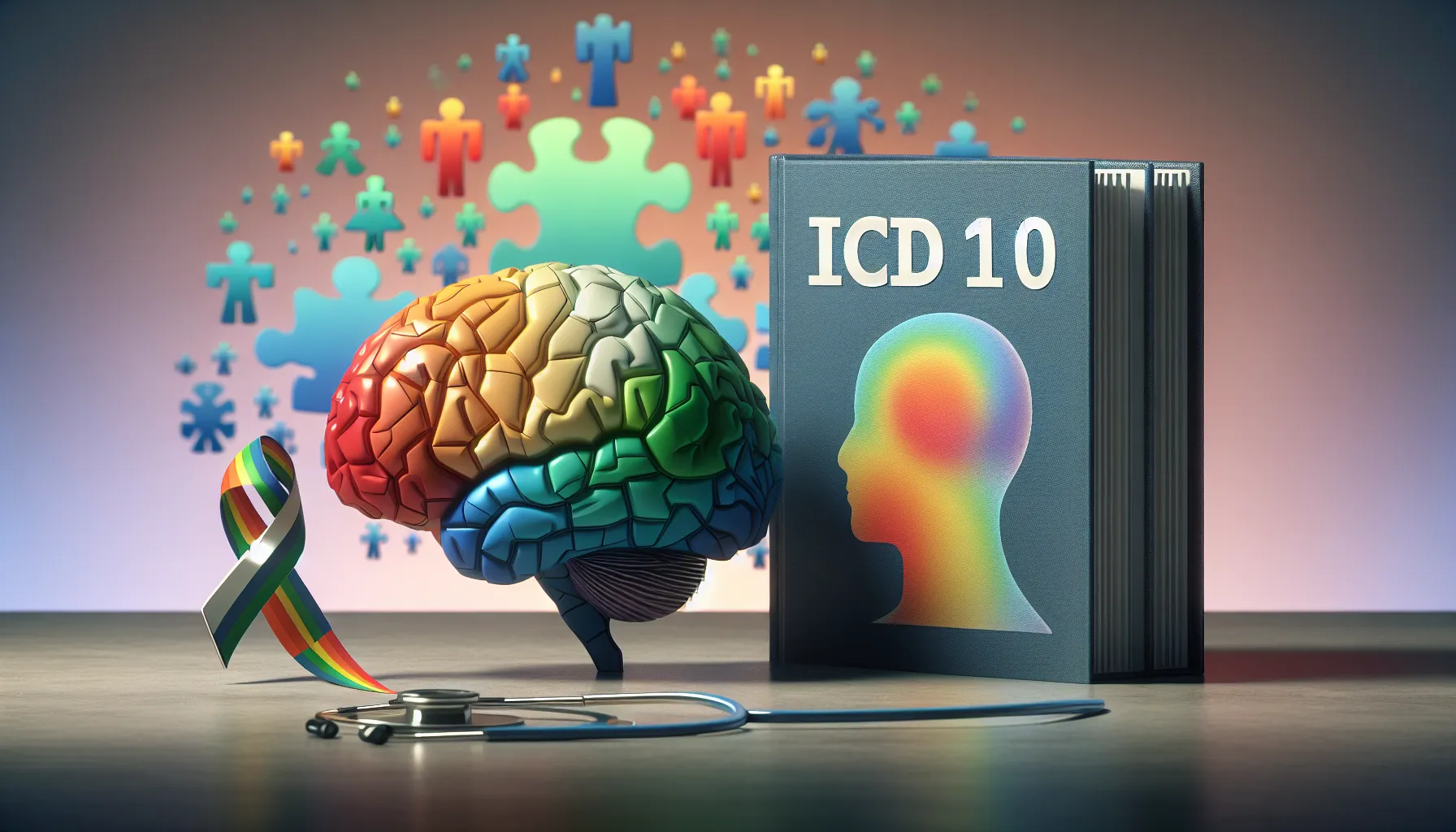



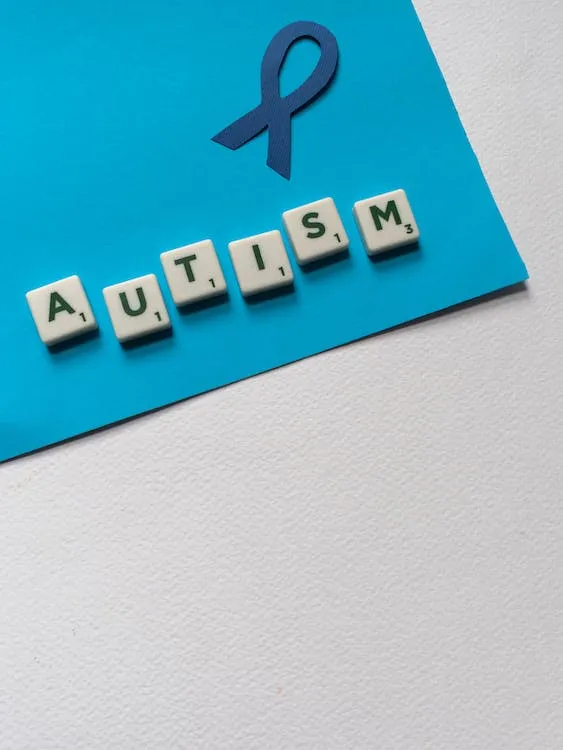







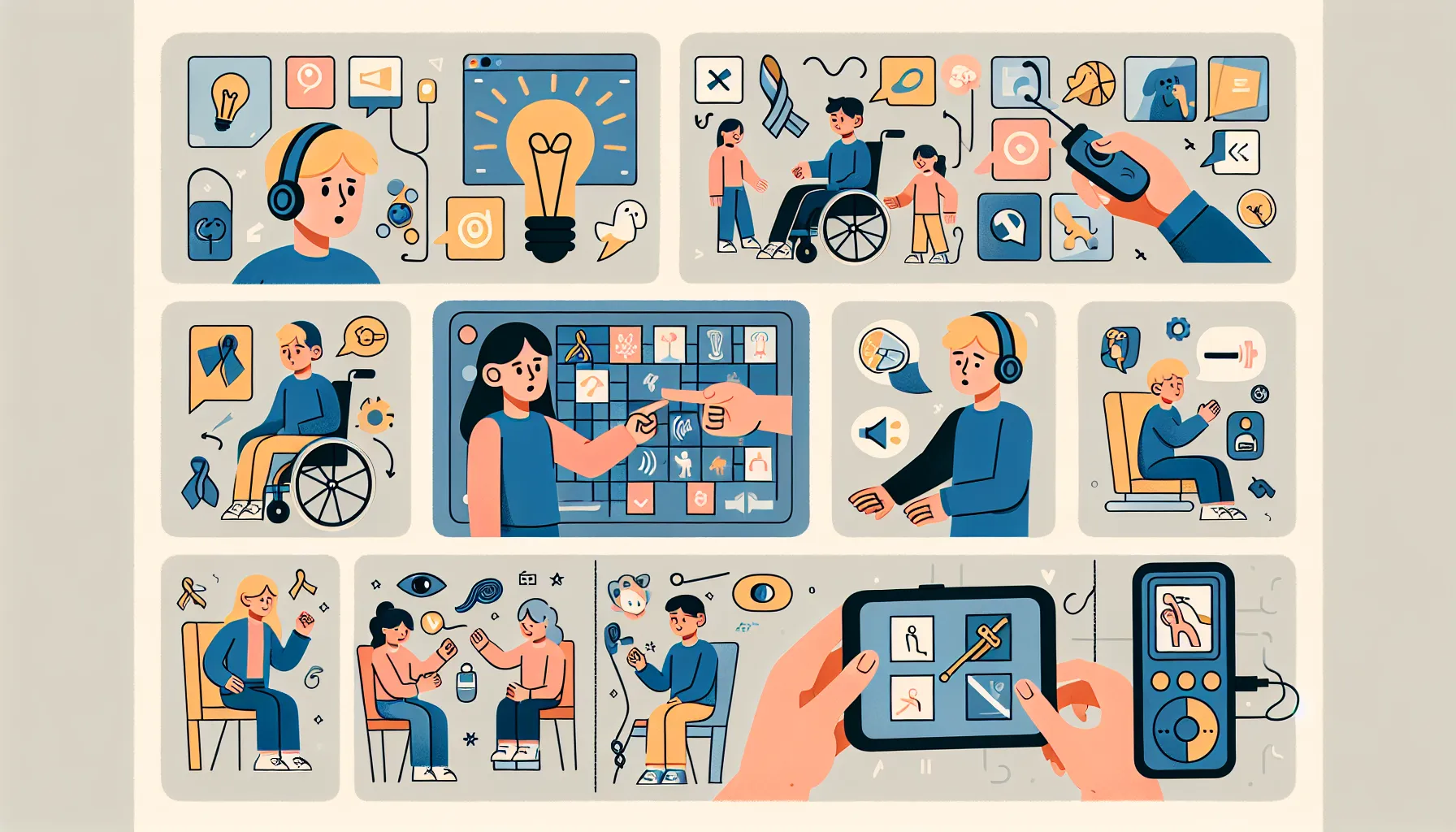









.webp)




















